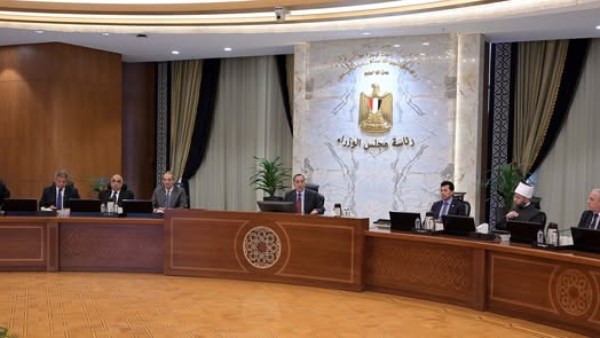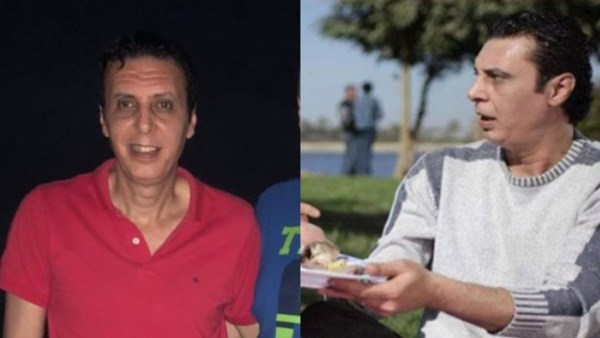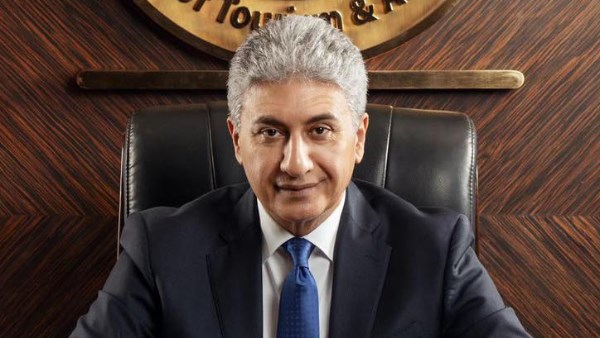
Why Poor Nations Now Face a Pandemic Debt Crunch?

The pandemic has taken its heaviest toll in some of the world’s poorest countries. Indebted governments from Latin America to Africa spent money they didn’t have to shore up rickety health systems and provide a safety net for citizens, pushing their finances further into the red. Creditor nations helped them by suspending debt repayments and lending them more. Now those waivers have ended and global borrowing costs are on the rise, raising the risk of disorderly defaults.
1. Which countries have suffered most?
Latin America accounts for more than a quarter of the world’s Covid-19 deaths, even though it’s home to just 8% of the global population. The pandemic pushed 22 million people there into poverty in 2020, bringing the total number unable to meet their basic needs to 209 million. Argentina, Belize, Ecuador and Suriname defaulted on their borrowing, drawingcomparisons to the region’s so-called Lost Decade of the 1980s, when heavily indebted countries fell like dominoes into protracted recessions.Delayed immunizations are slowing an economic recovery in sub-Saharan Africa, threatening the livelihoods of millions. Zambiadefaulted in 2020, Ethiopia and Chad are struggling to restructure their debts and investors have fled Ghana’s dollar bonds. Sri Lanka, Lebanon and El Salvador were among eight countries tracked by Bloomberg with dollar-denominated bonds trading at average yields in excess of 10%, a sign of distress.
2. Who tried to help?
Led by the U.S., richer nations created trillions of dollars in new money through bond-buying programs during the pandemic and funneled a small portion of that to poorer countries through multilateral institutions. The Group of 20 major economieswaived payments three times on official government-to-government borrowing for the world’s poorest nations, mostly in Africa. The International Monetary Fund approved emergency financing for more than 80 countries. It offered the biggest resource injection in IMF history -- $650 billion in so-called special drawing rights, reserve assets that work like an overdraft and come with no conditions, unlike most of the fund’s other programs.
3. Did it work?
While the package of help averted a debt crisis, the solution was a temporary reprieve. Poorer nations have been left with a hefty bill that needs to be repaid even though their economies are still struggling, with Latin America’s largest economies mired in recession. Economists generally agree that the pandemic exacerbated inequality between countries and within them. IMF chief Kristalina Georgieva said in January that the economic upheaval could lead to greater unrest in some countries. In Colombia, attempts to increase taxes to stave off a credit-rating downgrade already sparked deadly street protestsin 2021 that forced policy makers to retreat.
4. Are we heading for a debt blowout?
Governments trying to pull their economies out of a deep hole have to maintain a delicate balance. They can be faced with the choice of either keeping critical aid flowing or keeping creditors paid. The prospectof U.S. interest-rate increases makes the challenge even greater as higher rates tend to boost the dollar, weaken foreign currencies and raise the cost for nations to service dollar-denominated debt. With many countries still grappling with the omicron virus variant, the IMF is preparingfor a potential increase in demand for lending as governments that took on extra debt in the past two years grapple with rising borrowing costs. The world’s poorest nations need to payabout $35 billion to official bilateral and private-sector lenders this year, which World Bank President David Malpass says is “way beyond the resources of the countries.”
5. What are the chances of more debt relief?
A plan forged by the G-20 in late 2020 to rework the debt of countries in danger of defaulting -- known as the Common Framework -- has been hampered by a lack of coordination, transparency and clarity. Failure to make debt payments can close off access to capital markets, making a comeback even harder. Ethiopia, for example, signaled that it won’t ask bankers and bondholders for the same relief granted by state lenders such as Italy and France, for fear of alienating the financial community. Forging agreements on debt relief will increasingly hinge on China, which the World Bank said accounts for nearly 40% of the bilateral and private-creditor debt that the world’s poorest countries need to service this year. China says it hasgiven relief to nearly two dozen countries, while complaining that private creditors and multilateral lenders haven’t done enough.





-1120252475029447.jpg)
-920252122624392.jpg)















